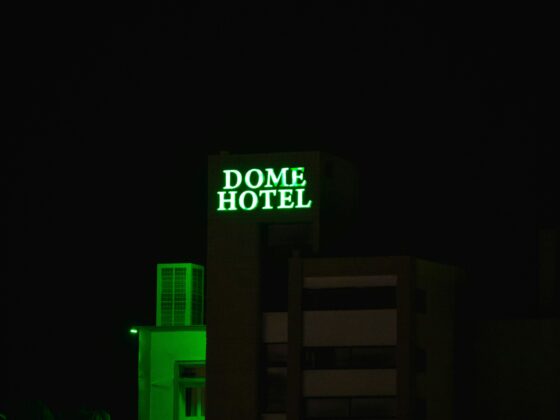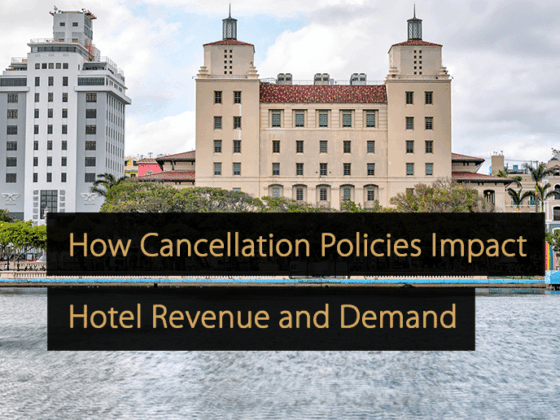RevPAR growth in the U.S. has normalized, following a post-pandemic acceleration. RevPAR dipped by 2.1% YOY in the first quarter, with the U.S. portfolios of some of the big publicly-traded hotel C-corporations declining as much as 5%, a recent CBRE report has found.
Hotel loyalty programs have been key in helping the growth of occupancy, especially during the shoulder seasons and periods of economic uncertainties.
In its study, CBRE analyzed the loyalty programs of five hotel companies in the U.S. — Choice, Hilton, Hyatt, Marriott and Wyndham.
Although growth in many key metrics slowed in 2023, the overall contribution of loyalty members to occupancy surged despite lower marginal contribution per member.
The average number of loyalty members per room jumped to 128 from 120 in 2023, the study found. However, the 6.4% YOY growth was much lower than the 8.2% five-year CAGR.

Average contribution of loyalty members to occupancy increased by 2.5 percentage points to 51% last year. The rise in membership, higher ADR and occupancy contributions helped to drive a 9.3% increase in the balance sheet liabilities associated with loyalty point accruals available for future use.
The average hotel balance sheet liability per loyalty program member declined by 1.7% YOY in 2023 to $18.86 from $19.19. Liability per member stood at 87% of 2019 levels in 2023, indicating that members are either staying less on average, redeeming more or a combination of the two.
At 1.1, the number of room nights stayed by the average member returned to pre-pandemic levels in 2023. The figure is below 2016’s 1.8 nights per member, suggesting that the percentage of membership consisting of heavy users (30+ nights a year) is slipping as earning of loyalty points has increasingly become linked with credit cards and affiliate programs and less directly with merely frequent travel.
However, this doesn’t indicate that the members are less valuable for hotels, as they could have different travel patterns and fill seasonal lows or weak demand periods. It is a marker of a broader base of loyalty members overall, who, on average, contributed fewer nights compared to 2016, CBRE said.
Loyalty point redemption revenues improved by 11% in 2023 to stand at $1.1 billion from $982 million in 2022. This could suggest that more points were redeemed to book rooms last year and could also partly be as a result of the 4% rise in ADR or the devaluation of loyalty points required to earn a free night.
Brand affiliation can prove to be beneficial to hotel owners and operators, including key money, mezzanine loans, favorable management terms and access to the brand’s member base.
Loyalty program costs find a mention on hotel owners’ P&L statements, the survey found. P&L data from CBRE’s Trends in the Hotel Industry revealed that loyalty point expenses soared by 14.3% in 2023, outperforming room revenue growth of 8.3% and total revenue growth of 9.4%.
This means that members represent a bigger percentage of overall occupancy and that higher room rates and fees potentially increase costs. While hotels have been increasing loyalty program fees, the benefit of higher guest loyalty to the hotel brand should offset the cost by increasing occupancy as well as ancillary revenues.







